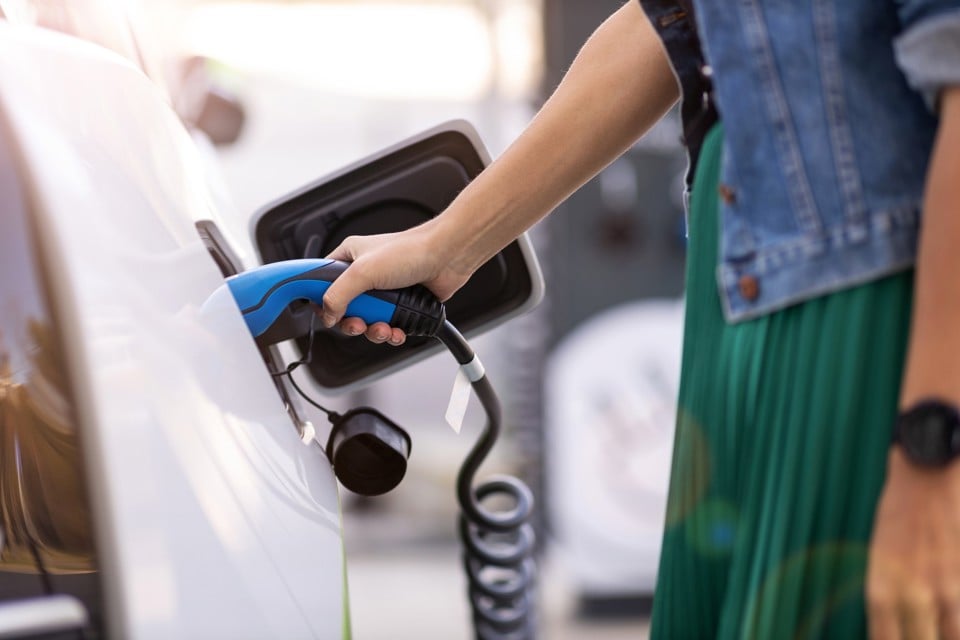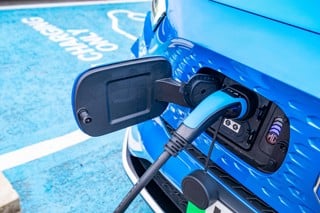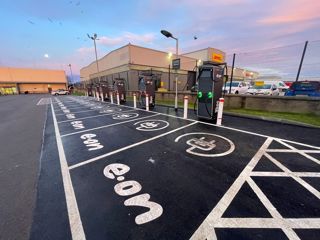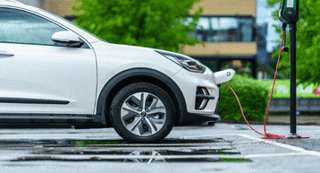The average cost of using a public charge point has risen 19% in the last quarter, according to new data published by Mina.
From July to September, the average cost of public chargers, including VAT, was 67p per kWh, which was a 19% or 11p increase on the previous quarter.
The lowest recorded cost per kWh was 36p (excluding free chargers), Mina’s analysis of 32,500 real life charging events shows, while the highest was £2.77 – although this included parking charges in the price.
Mina says there is still too much confusion for drivers around payments, rate of charge and, consequently, value for money, which is creating problems between electric vehicle (EV) drivers and their employers when it comes to reclaiming costs.
Mina CEO Ashley Tate said: “Choice is hugely important for company car drivers, because our data shows they use chargers in very different ways.
“Sometimes drivers are happy to pay a high rate if they can access lots of energy and be on their way quickly to get on with their day, while at others, they want to pay less and take their time. But prices and speeds can vary wildly.
“This can lead to confusion about what is a good price to pay, or even how much you’re being charged, especially if a driver is paying for charging in lots of different ways on various cards and apps.”
Previous research from Mina has shown that the Government’s advisory electricity rate (AER), used to reimburse EV company car and van drivers, was leaving employees out of pocket.
It found that in 94% of cases it was costing drivers more than the 5p per mile HMRC advises employers to repay employees.
In some cases, Mina says that employees were out of pocket by as much as 15p per mile (ppm) if they charged in public - equivalent to £15 over a 100-mile journey, or £1,500 over 10,000 miles.
Mina’s data showed that on average charging from home is cheaper at 9ppm (compared to than in public, at 20ppm) but at that figure, drivers are missing out by 4ppm, which equates to £4 for a 100-mile journey.
At 10,000 business miles a year, that same driver has subsidised their business travel by £400.
“What company car drivers need is simple solutions, good data and clear advice to help make the right choices, relevant for their requirements at any given time,” said Tate.
Fleets should not risk delaying transition to EVs
Despite external factors such as increasing energy costs and supply constraints, fleets should not delay in putting robust plans in place to transition to EVs, says Fleet Logistics Group.
Samuel Kellner-Steinmetz, chief sales officer of Fleet Logistics Group, told Fleet News that, while it may be tempting to delay plans to go electric or introduce mobility options in such a volatile environment, legislative change means that the clock is steadily ticking.
He urged fleets to instigate a thorough review of existing cost bases and adopt a flexible approach to tackling some of these issues, with clear-cut objectives and timelines in place.
“Cost control and careful and accurate budgeting are vital at this time of great volatility in global markets,” he said.
“Fleets need to take time to review supply chains and scrutinise budgets now, setting up accurate forecasts to work with for the future. At the same time, ensuring that efficient and cost-effective partners are in place is key for any future success, especially around the movement to electrification.”
> Interested in comparing electric vehicle data? Check out our EV tool.
> Interested in ensuring the efficient use of EVs. Check out our dedicated editorial sections: Insight & policy | EV news | Charging & infrastructure | Costs & incentives | Benefit-in-kind | EV case studies | EV road tests























Login to comment
Comments
No comments have been made yet.